Private Aviation vs Commercial: Making the Right Choice for Your Business Travel

Posted on September 27th, 2025
Understanding the key differences between private and commercial aviation can help business leaders make informed decisions that align with their travel needs, budget, and operational requirements.
The Business Travel Landscape
Business travel decisions significantly impact company operations, employee productivity, and bottom-line results. The choice between private and commercial aviation involves multiple factors that extend beyond simple cost comparisons. Modern business leaders must evaluate time efficiency, flexibility, security, and long-term strategic value when selecting their preferred travel method.
Each option presents distinct advantages and challenges that vary depending on company size, travel frequency, destination requirements, and budget constraints. Making the right choice requires a comprehensive understanding of both aviation sectors and their alignment with specific business objectives.
Commercial Aviation: The Traditional Approach
Commercial airlines remain the most common choice for business travel, offering established infrastructure and predictable scheduling. Major carriers provide extensive route networks connecting virtually every business destination worldwide through hub-and-spoke systems.
Cost Considerations
Commercial flights typically offer the most economical option for individual travelers or small groups. Business class accommodations provide enhanced comfort and productivity features while maintaining reasonable per-person costs. Many companies negotiate corporate rates with preferred airlines, further reducing expenses.
However, hidden costs often emerge through productivity losses, schedule delays, and accommodation expenses when flights don't align with meeting schedules. These indirect costs can significantly impact the total cost of business travel.
Schedule Flexibility and Reliability
Commercial aviation operates on fixed schedules that may not align with business needs. Flight delays, cancellations, and missed connections can disrupt critical meetings and negotiations. Peak travel periods often result in limited availability and premium pricing.
Security screening, boarding procedures, and ground transportation add substantial time to each journey. Business travelers frequently spend entire days traveling for meetings that could be completed within hours if travel time were minimized.
Private Aviation: The Executive Solution
Private aviation offers unparalleled flexibility and efficiency for business travel, though at premium pricing. This sector includes charter flights, fractional ownership, and full aircraft ownership, each serving different business requirements and usage patterns.
Time Efficiency Advantages
Private aircraft eliminate many time-consuming aspects of commercial travel. Passengers arrive minutes before departure, avoid security lines, and access thousands of airports unavailable to commercial carriers. This flexibility enables same-day meetings in multiple cities and reduces overnight accommodation requirements.
Direct routing capabilities allow private aircraft to reach destinations more efficiently than commercial flights requiring connections. Meeting schedules drive departure times rather than airline timetables, maximizing productive business hours.
Productivity and Privacy Benefits
Private cabins provide secure environments for confidential discussions, sensitive document review, and uninterrupted work sessions. Teams can conduct meetings, prepare presentations, and make strategic decisions during flight time without privacy concerns.
Customized cabin configurations accommodate specific business needs, from conference setups to presentation equipment. High-speed internet connectivity ensures continuous communication with offices and clients throughout the journey.
Cost Analysis Framework
Accurate cost comparisons require comprehensive analysis beyond ticket prices. Commercial travel costs include airfare, ground transportation, meals, accommodation, and productivity losses from travel delays. Private aviation costs encompass charter fees, positioning flights, crew expenses, and facility charges.
Break-Even Calculations
Private aviation becomes cost-competitive when multiple executives travel together or when time savings generate significant business value. Companies should calculate hourly productivity rates for key personnel and factor these into travel cost analyses.
Frequent travelers to specific destinations may benefit from fractional ownership or jet card programs that reduce per-flight costs while maintaining flexibility. These arrangements often provide better value than individual charter flights for regular business routes.
Operational Considerations
Different business scenarios favor different aviation solutions. Emergency travel, client entertainment, and multi-city itineraries often justify private aviation expenses through enhanced outcomes and relationship building opportunities.
Geographic Factors
Remote locations with limited commercial service make private aviation essential for certain business operations. Mining, energy, and manufacturing companies frequently rely on private aircraft to reach operational sites and maintain executive oversight.
International travel considerations include customs procedures, diplomatic clearances, and cultural factors that may favor private aviation for senior executives and sensitive business negotiations.
Risk Management and Security
Private aviation offers enhanced security control and risk mitigation for high-profile executives and sensitive business activities. Companies can implement customized security protocols and maintain confidentiality throughout the travel process.
Commercial aviation provides established safety records and regulatory oversight, though passengers have limited control over security procedures and fellow travelers. Business travelers must balance convenience with security requirements based on their specific risk profiles.
Environmental and Corporate Responsibility
Sustainability considerations increasingly influence business travel decisions. Commercial airlines achieve better per-passenger fuel efficiency through higher load factors, while private aviation offers carbon offset programs and newer, more efficient aircraft options.
Companies must balance environmental responsibility with business efficiency, often implementing travel policies that encourage commercial flights for routine travel while reserving private aviation for strategic business requirements.
Making the Strategic Decision
The optimal aviation choice depends on specific business requirements, travel patterns, and strategic priorities. Companies should evaluate their travel needs holistically, considering both quantitative costs and qualitative benefits.
Successful business travel strategies often incorporate both options, using commercial aviation for routine travel and private aviation for time-sensitive or high-value business activities. This hybrid approach optimizes costs while maintaining operational flexibility.
Regular evaluation of travel patterns, costs, and outcomes ensures that aviation choices continue supporting business objectives as companies grow and evolve. The right choice today may change as business needs and market conditions develop.
For more detailed aviation industry insights, the Federal Aviation Administration provides comprehensive regulatory information, while the National Business Aviation Association offers resources specifically focused on business aviation decisions.
Contact Us
Your Life | Your Business | Driven by J.E.T.S.
We’d love to hear from you! Whether you’re looking to schedule a service, request a quote, or simply have a question, our team is here to assist. Fill out the form below, and we’ll get back to you as soon as possible.

